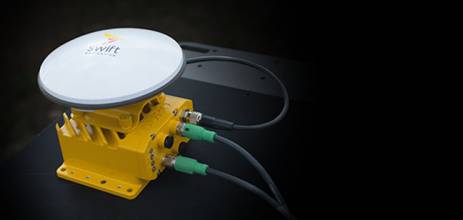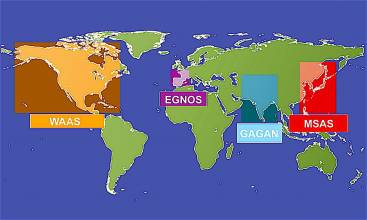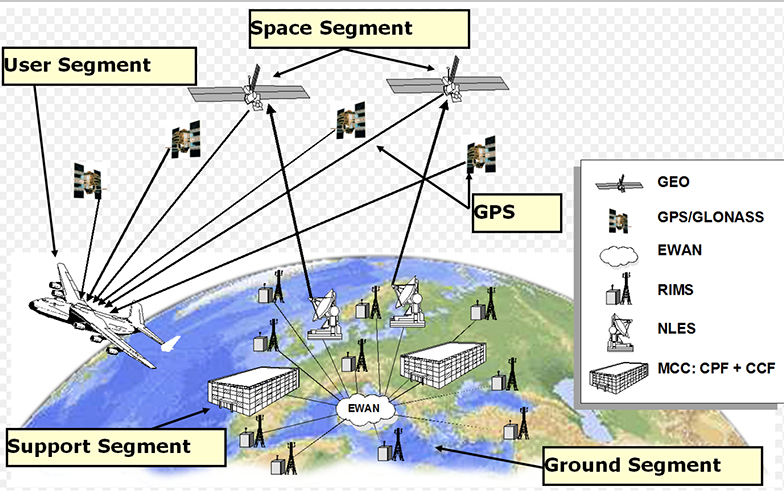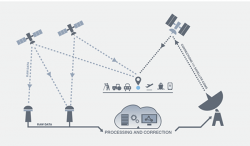Swift Navigation and Carnegie Announce First Joint Product
Swift Navigation and Carnegie Robotics (CRL) rolled out their first joint product, a real-time kinematic (RTK) GNSS receiver called Duro, at the AUVSI XPONENTIAL trade show in Dallas, Texas, May 8-11.
The companies say Duro is targeted to robotics, precision agriculture, mapping, military, outdoor industrial and maritime markets.
By Inside GNSS



 & Carnegie Robotics CTO Chris Osterwood (R).jpg)





















_and_Fergus_Noble_(R),_co-founde-e240cc279eaa83b2be814504fc94555b.jpg)


